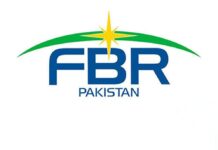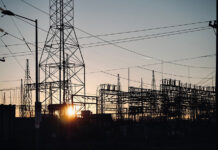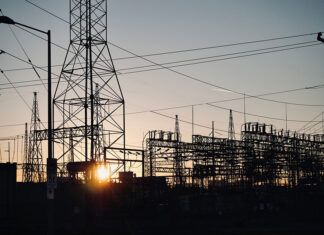India’s economy surged 7.4% in January to March, much faster than forecasts and driven by construction and manufacturing, although uncertainty about U.S. tariffs poses risks to the outlook.
Gross domestic product (GDP) in Asia’s third-largest economy was above a forecast year-on-year growth of 6.7% in a Reuters poll, and up from a revised 6.4% expansion in the previous quarter, official data released on Friday showed.
It was the fastest increase in GDP since January-March 2024.
“India’s growth is holding up in a growth-scarce environment,” said V. Anantha Nageswaran, India’s chief economic adviser, adding India outshone other large economies including China, which grew 5.4% in the same period.
The Reserve Bank of India (RBI) expects GDP growth of 6.5% in the fiscal year beginning April 1. At that rate, India will remain the fastest growing major economy and could match Japan for size this year at $4.18 trillion, according to IMF projections.
The gross value added (GVA), seen as a more accurate measure of underlying economic activity, grew 6.8% in the first three months of 2025, compared to a revised expansion of 6.5% in the previous quarter.
Manufacturing output rose 4.8% year-on-year in January-March, the final quarter of India’s fiscal year, compared with a revised expansion of 3.6% in the previous quarter, while construction activity jumped 10.8%, up from 7.9%.
“The GDP print for Q4 is higher than expected. This indicates that the economy has recovered from the slowdown seen in the middle of last year,” said Sakshi Gupta, principal economist at HDFC Bank.
However, the outlook faces challenges given a global slowdown and tariff uncertainties. U.S. President Donald Trump proposed reciprocal tariffs of 26% on imports from India, but they are on hold until July 9 as trade talks continue.
Growth in private consumer spending, which accounts for 57% of Indian GDP, eased to 6% year-on-year in January-March from an upwardly revised 8.1% in the previous quarter, as urban spending weakened whereas rural demand for durables and farm equipment improved.
Retail inflation eased to a near six-year low of 3.16% in April. Alongside a favourable monsoon forecast, this is expected to keep food prices in check and pave the way for the RBI to cut its policy repo rate again next month.
Government spending fell 1.8% in the three months through March compared to a revised expansion of 9.3% in the previous quarter. Capital spending rose 9.4%, though private firms are expected to delay investments amid global uncertainties.
Growth for the fiscal year was estimated at 6.5%, with the size of the Indian economy rising to 330.68 trillion rupees ($3.87 trillion) as of the end of March.
Economists said while growth could be affected by global uncertainties weighing on near-term investments, a strong monsoon, tax cuts announced by the government, and continued interest rate cuts could support domestic demand.
“We expect growth to stabilise around the mid-6% handle at the start of fiscal 2026, with farm output, purchasing power relief from lower inflation and monetary easing, as well as on-track public spending, expected to stay supportive of growth,” said Radhika Rao, senior economist at DBS Bank.























